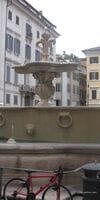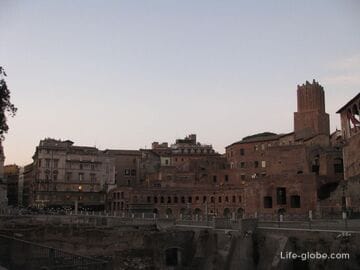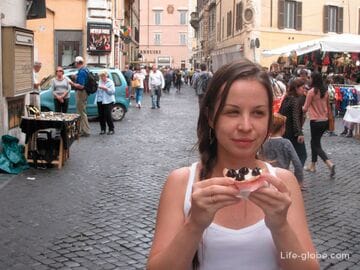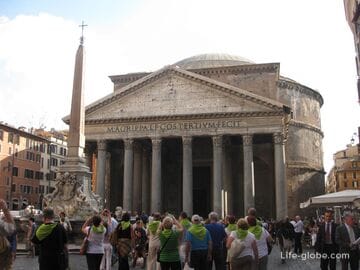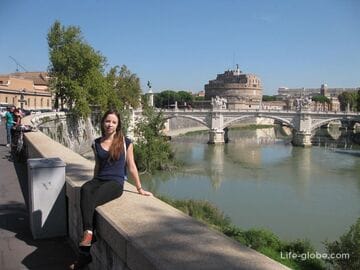Farnese square (Piazza Farnese) is a small, typically square square in a typical Roman style. Unlike other famous squares of Rome, such as Piazza Spain, Venice or del Popolo, Piazza Farnese, less well-known, so it is not crowded. But that doesn't make the area less beautiful, on the contrary, in the absence of the tourist crowds can be more than enjoy the beauty of the area and Roman architecture. During the holidays on the square arrange a presentation and held festivities.
The centre of the Piazza Farnese decorated with two, almost identical fountain (Fontane di piazza Farnese) installed at different times. Both the fountain Farnese was created from grey granite baths remaining from the once famous in Ancient Rome, the baths of Caracalla. Each fountain is crowned with a stone sculpture of the Iris flower. Why Iris? the fact that iris was a symbol of the family of Farnese, which was laid out square.
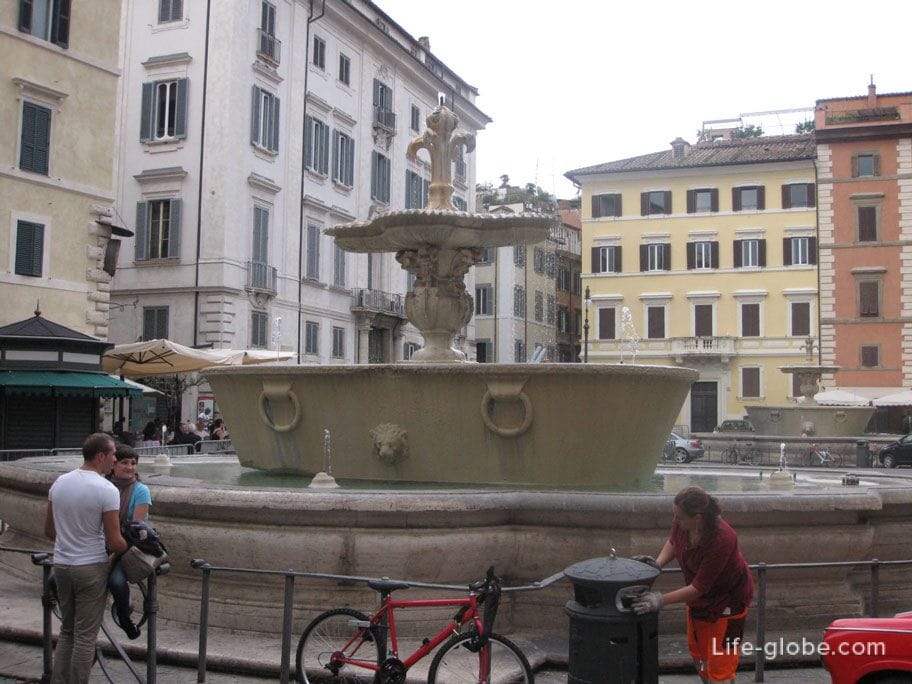
That's such a cute car was parked in the square
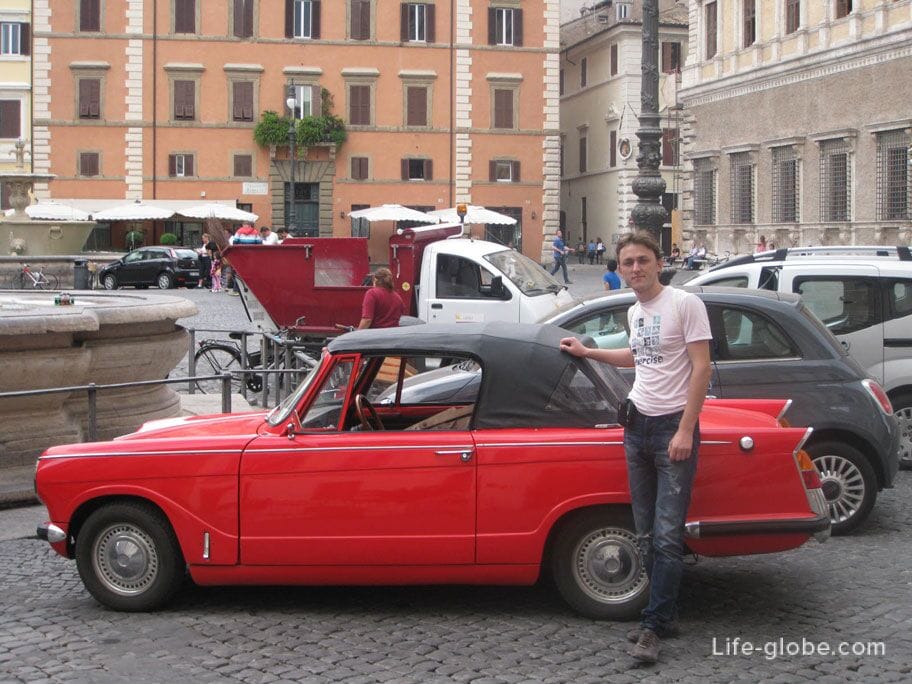
The Palazzo Farnese in the square Farnese, Rome, Italy
The main building of the square is the Palazzo Farnese/the Palazzo Farnese Roman Palace that is considered one of the best examples of the Renaissance style. The Palace, at first glance, the building is inconspicuous, but is of great importance, being the most important and high in Rome a Renaissance Palace.
The Palace was designed and built in 1517 for the Farnese family, and the story of its building was involved in some of the most famous Italian architects of the 16th century, including Michelangelo, Jacopo Barozzi da Vignola and Giacomo della Porta.
In those days the square itself Farnese was a small courtyard of the Palace, and the fountain Farnese, about which we spoke above, was installed in the courtyard in the middle of the XVI century by Pope Paul III Farnese. At that time the fountain was not a fountain, the water in it was not moved, rather the tub of the fountain served as a decoration and perfectly fulfill the function of the rostrum.
Now you probably understand why the square and the fountains in it are called Farnese... In honor of the Farnese family!
More than a hundred years and is still in the Palazzo Farnese is the French Embassy. Due to this, the area is also called area of France, and fountains - the fountains of France.
The Church of Santa Brigida in the square of France in Rome
To the right of the Palazzo Farnese is a small Swedish Church Santa Brigida or St. Bridget/Chiesa di Santa Brigida.

The Church dedicated to Saint Bridget of Sweden, who arrived in Rome in 1350 where she started a new order. In 1354 Bridget moved to a house at the Farnese square where she lived until her death in 1373. The facade of the Church is made in Baroque style, dates from the SEVENTEENTH century.
Sometimes on the area of Farnese you can hear the mesmerizing sound of bells of the Church of Santa Brigida.




